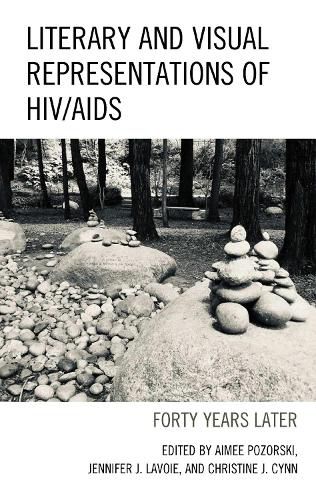Readings Newsletter
Become a Readings Member to make your shopping experience even easier.
Sign in or sign up for free!
You’re not far away from qualifying for FREE standard shipping within Australia
You’ve qualified for FREE standard shipping within Australia
The cart is loading…






Literary and Visual Representations of HIV/AIDS: Forty Years Later depicts how film and literature about the HIV/AIDS crisis expand upon the issues generated by the epidemic. This collection fills an important gap in the scholarship on HIV/AIDS, by bringing together essays by both established and junior scholars on visual and literary representations of HIV/AIDS. Almost forty years after the first reported cases of what would later be defined as AIDS, this book looks back across the decades at works of literature and film to discuss how the representation of HIV/AIDS has shifted in media. This book argues that literature constitutes a very powerful response to AIDS that ripples into film and politics, driving the changes in past and contemporary representations of HIV/AIDS. The book also expands discussion of the issues generated and amplified by the epidemic to consider how HIV/AIDS has been portrayed in the United States, Western and Southern Africa, Western Europe, and East Asia.
$9.00 standard shipping within Australia
FREE standard shipping within Australia for orders over $100.00
Express & International shipping calculated at checkout
Literary and Visual Representations of HIV/AIDS: Forty Years Later depicts how film and literature about the HIV/AIDS crisis expand upon the issues generated by the epidemic. This collection fills an important gap in the scholarship on HIV/AIDS, by bringing together essays by both established and junior scholars on visual and literary representations of HIV/AIDS. Almost forty years after the first reported cases of what would later be defined as AIDS, this book looks back across the decades at works of literature and film to discuss how the representation of HIV/AIDS has shifted in media. This book argues that literature constitutes a very powerful response to AIDS that ripples into film and politics, driving the changes in past and contemporary representations of HIV/AIDS. The book also expands discussion of the issues generated and amplified by the epidemic to consider how HIV/AIDS has been portrayed in the United States, Western and Southern Africa, Western Europe, and East Asia.